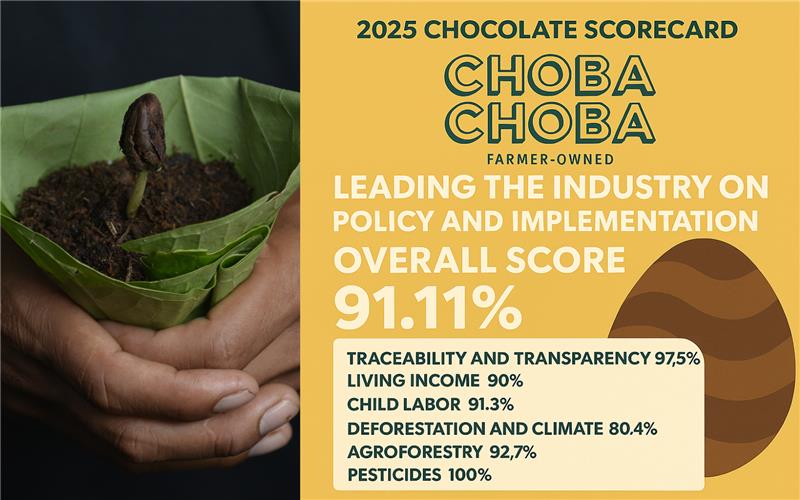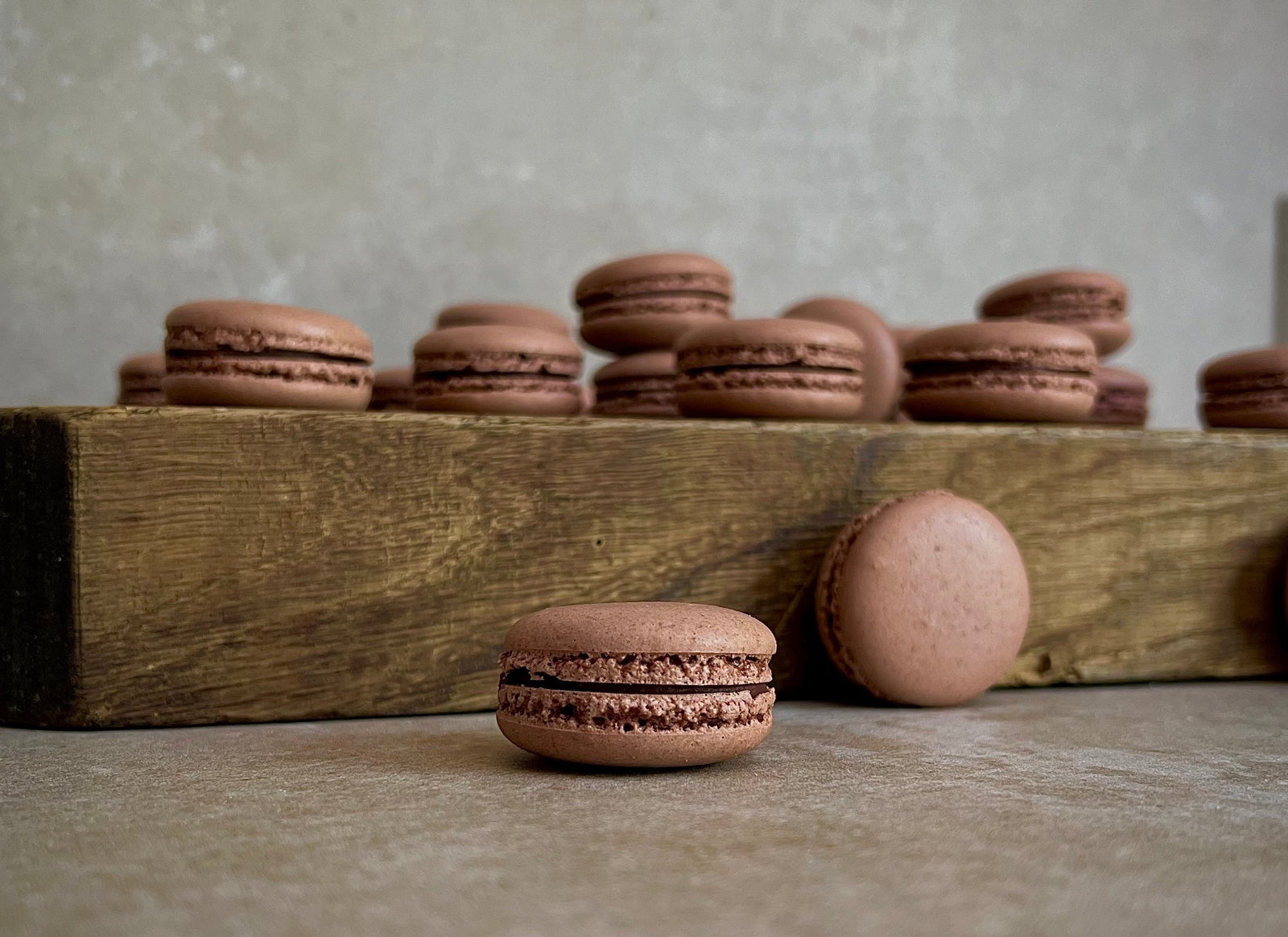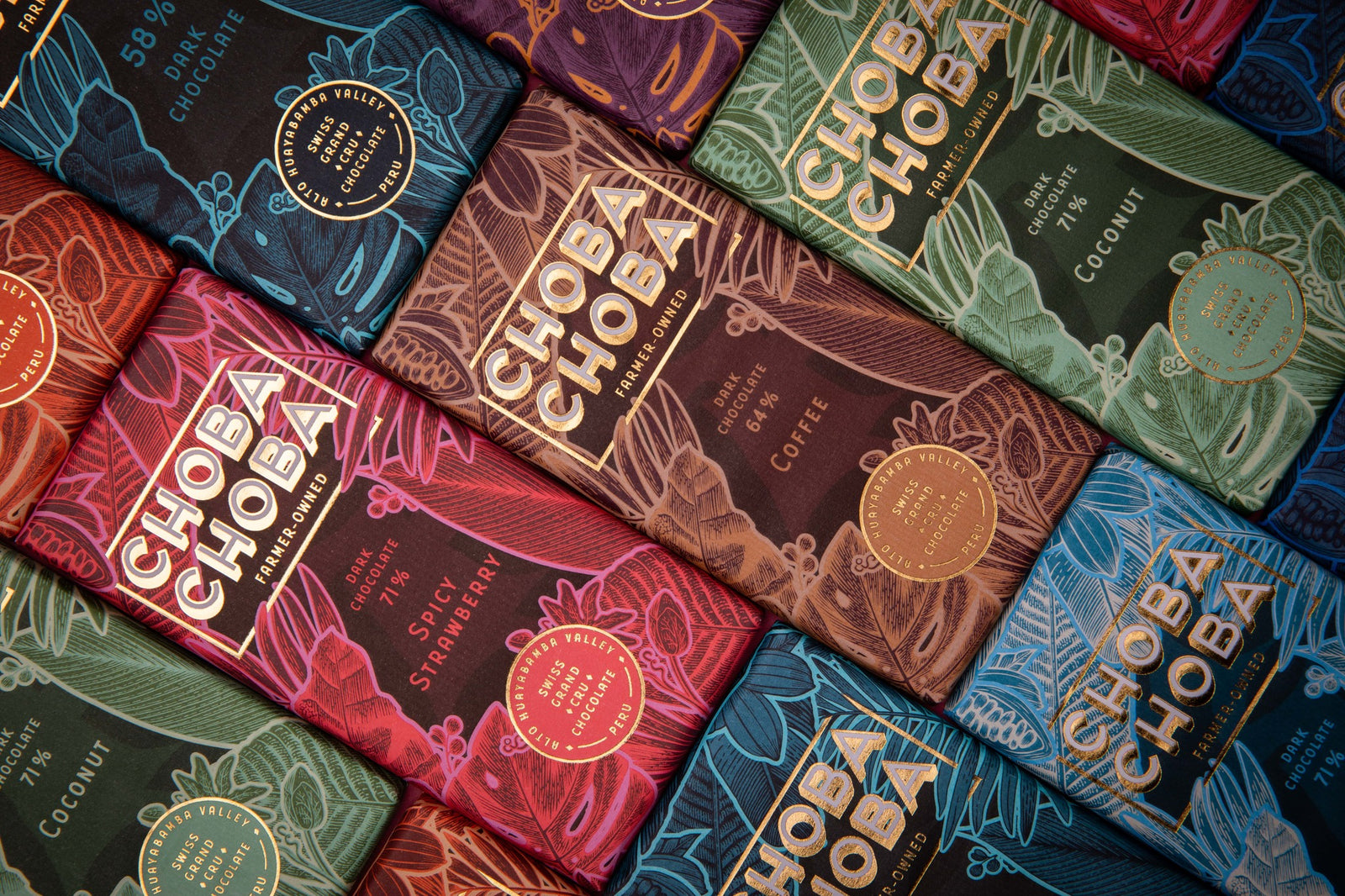70 hectares: This is the total area of cocoa plantations of the thirty Choba Choba farming families. Small plots (the most modest is barely 2000m²) spread all along the Huayabamba River. Here, in the Peruvian highlands of the Amazon, we grow, harvest, ferment and dry our cocoa. The Huayabamba Valley is a valuable terroir, whose soil and climate conditions are particularly suitable for cocoa cultivation, but also harbor a unique biodiversity and real natural treasures.
Nestled between the foothills of the Andes and the Amazon basin, the region is home to the Rio Abiseo National Park, at the heart of which is the archaeological site of Gran Pajatén. This has earned the park recognition as a UNESCO World Heritage Site in both natural and cultural terms - as has Machu Picchu. Hardly forty sites in the world can boast of this double recognition. There is little denying that the region is a treasure to be protected. In this sense, it is crucial to ensure sustainable agricultural activity on the outskirts of the park, especially in a region where cocoa cultivation is the main source of income for thousands of families. This goal is central to the Choba Choba project.
In 2016, it was with great joy and pride that we welcomed UNESCO's decision to create the Gran Pajatén Biosphere Reserve, covering an area of over 2.5 million hectares. This designation is given to areas that combine biodiversity protection and sustainable development. Biosphere Reserves consist of three zones: the core zone (in our case the Rio Abiseo National Park), the buffer zone, where research and scientific education activities are allowed, and finally the transition zone, where human activities must be sustainable both socio-culturally and ecologically. As our cocoa plantations are located in the transition zone of the reserve, we have a responsibility and duty to ensure ecologically sustainable cocoa production. This is what we strive to achieve through our agroforestry practices on a daily basis.





Leave a comment (all fields required)